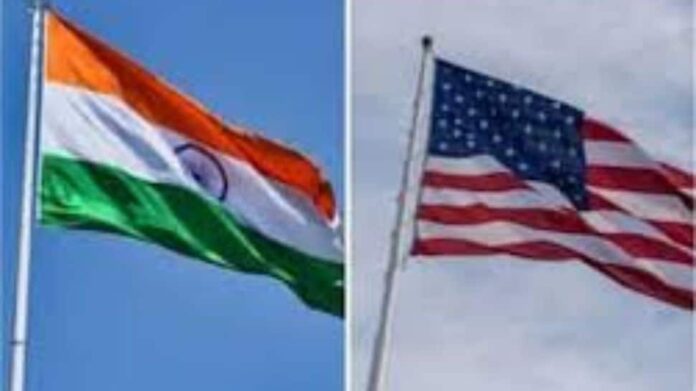New Delhi: Given that India has much higher tariffs than those imposed by the US, the impending Bilateral Trade Agreement (BTA) — which would reduce tariffs — is set to increase US exports to India more than vice versa, according to an analysis by Crisil.
India would be able to import more energy products, certain agricultural products, and defence equipment, among others, from the US, Crisil said in a ‘Quickonomics’ report. India, according to Crisil, should be prepared to see more imports from the US under the BTA. A lowering of tariffs under the agreement would make US goods more competitive in India, it argued.
“This is because India’s tariffs are much higher than those of the US, and bringing these down would be advantageous to exporters in the US,” Crisil said.
India’s exports, however, are unlikely to see a major spike because the focus of President Donald Trump’s administration is to reduce its trade deficit with India, and most of India’s top exports to the US are already duty-free (excluding the baseline 10 percent tariff applicable since April 10).
Besides, the export potential would also depend on the level of tariffs India faces compared to other competing nations, Crisil noted.
The US has categorically stated that it wants to reduce its trade deficit with India (among other nations) and has complained that India’s high tariffs and non-tariff barriers have hindered American companies from increasing their exports.
Even though India has shown its discomfort with allowing US agricultural products into the country, imports of certain items such as walnuts, pistachios, and cranberries could rise, as India’s share in US exports of these items was relatively low — at 19.4 percent, 5.0 percent, and 3.1 percent, respectively — in 2024.
This contrasts with almonds, where India’s share was a hefty 70.5 percent in 2024 — making it one of the US’s top agricultural export items to India. Further, with India’s aviation sector growing, there is scope to increase imports of civilian aircraft, engines, and parts.
According to Crisil, there also seems to be strong complementarity in the energy sector, as the US is a large exporter and India a large importer of energy commodities. Even though India has a significant opportunity to import crude oil from the US, Crisil said the prospects of increasing such imports would have to be weighed against challenging factors — such as the higher cost of transportation and longer transit times.
“The US is a large exporter and India a large importer of LNG, providing a mutually beneficial ground. Here, the synergy seems to be much better than that in crude petroleum, as the US is already among the top three suppliers of LNG to India,” Crisil said.
“With favourable factors such as US natural gas prices being more stable than those in the Middle East (India’s largest LNG import partner) and long-term contracts being signed between Indian entities and US suppliers, there has been an increase in the import of this commodity from the US,” it added.
Defence imports into India could also rise under the BTA.
“Even as India is trying to increase its defence production and export capabilities, it remains one of the largest arms importers. At the same time, the US is the world’s largest arms exporter. While Russia has traditionally been India’s largest arms supplier, its share in India’s arms imports has declined in recent years. This has created space for Western suppliers, led by the US, to step up their sales,” the report said.
In fact, in 2023, the US and India launched a bilateral Defence Acceleration Ecosystem (called INDUS-X) to facilitate defence collaboration between the two countries.
Combining all these opportunities, India’s trade surplus with the US is expected to come down — a major demand from the US, which has implemented reciprocal tariffs on countries in proportion to their trade surplus with it.
On the other hand, India may see some gains in exports of smartphones, certain pharmaceuticals, and labour-intensive sectors such as textiles and gems and jewellery.
The US announced reciprocal tariffs on India and a host of other nations on April 2, and then paused the increase for 90 days from April 10 to negotiate trade deals with these countries. (For India, the reciprocal tariff was 26 percent — lower than the tariff on many other Asian peers.)
During the pause period, a 10 percent base tariff remains applicable (over and above the existing tariffs) on all countries, including India. India is currently negotiating a trade deal with the US, known as the Bilateral Trade Agreement (BTA) — the first tranche of which is targeted to be completed by the fall of 2025.

